Bravely Second: End Layer review - a JRPG masterclass
It's good to know some things never change. If Square Enix wasn't already a master of throwing together four random words to create brilliantly baffling game names like Bravely Default: Flying Fairy , then get ready for its sequel, Bravely Second: End Layer. Yes, none of that makes much sense to us either, but to dismiss Bravely Second on its name alone would be extremely short-sighted, as this spiritual successor to Square Enix's Final Fantasy spin-off, The 4 Heroes of Light, is yet another tour de force of JRPG brilliance.
While other sequels often strive to forge a different path from their immediate predecessor, Bravely Second is very much cut from the same cloth as Bravely Default, so much so that you'll be hard pressed to actually see what's changed since the first game came out at the end of 2013. All the locations are the same, the battle system is nigh-on identical, and even half the main cast return for another performance. In my book, though, this can only be a good thing, as Bravely Default was already one of the finest examples of its genre, and the more time I get to spend in the world of Luxendarc, the better.
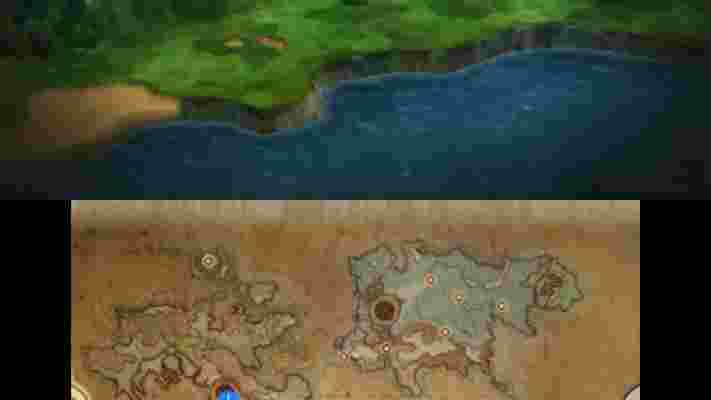
^ The world of Luxendarc remains unchanged since the end of Bravely Default, but it's still great to be back
Newcomers to the series shouldn't stop reading here, though, as a quick story recap at the very beginning of the game will bring you right up to speed with the main plot. Of course, this will inevitably ruin any last remaining surprises for those who haven't yet finished Bravely Default, but at least it provides an easy entry-point for those who couldn't spare the 60-odd hours required to finish the first game.
Needless to say, Bravely Second is an equally mammoth-sized undertaking for a handheld JRPG, but the small tweaks Square Enix and Silicon Studio have made to the game arguably make it a much better jumping-in point than going back to Bravely Default. For instance, the Brave/Default battle system is still very much the main focus of the game, allowing players to store up turns to use later by 'Defaulting', or taking them all at once in advance by being 'Brave'. Enemies play by these rules, too, making each encounter as much a battle of quick-witted strategy as it is about learning each foe's individual habits and patterns.
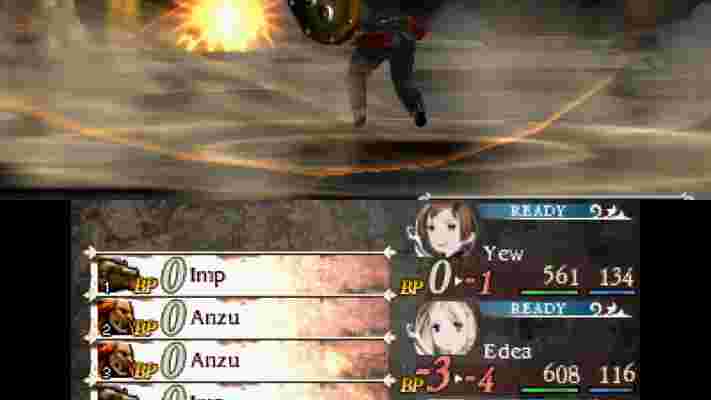
^ Need to get rid of some enemies fast? Select Brave four times and you can take four actions in a single turn, but this will also leave you vulnerable until your BP points return to zero again
In Bravely Second, the process is refined even further, as you can now tap L when selecting a foe or attack to help make issuing multiple commands that much easier. For instance, if one healing spell isn't enough to make a sizeable improvement on your character's health bar, you can press L to stock up two spells automatically without having to enact them one by one like you would have done in Bravely Default. This inevitably led to a lot of needless busy work in the first game, and it slowed down the pace of battle with tedious menu navigation. Bravely Second, on the other hand, lets you get back to more important things by streamlining the experience and making everything that bit neater.
Levelling up your party and job abilities is also much simpler, as you can stack and multiply your experience and battle point rewards if you manage to defeat every monster in a single turn. Even if you only make it to the first multiplier of x1.5 (I've managed up to x2.2), it still helps to take the edge off level-grinding when you're struggling with an important boss fight or about to enter a cave beyond your experience level, the latter of which all now come with a handy recommended level range on the map to give you a better idea of the kind of monsters waiting in store for you.
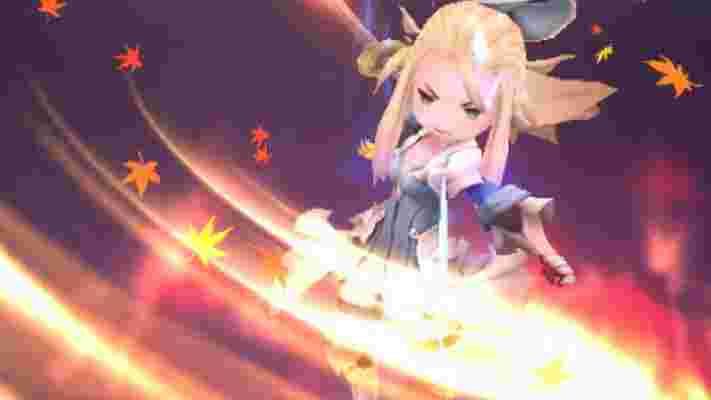
It's particularly useful when you consider just how many different classes and jobs you have to choose from. Bravely Default already had a generous pick of 24 classes, but Bravely Second expands this to 30, so there's definitely no shortage of new abilities to learn. The vast majority of them are all new for Bravely Second, too, although it doesn't take much to see that some of the new monikers are simply new twists on old favourites. Wizard and Bishop, for example, are essentially like-for-like replacements of the classic Black and White Mage classes, but there are still plenty of more unique job types to get acquainted with, such as Catmancer, Charioteer and the deadly-dessert making Patissier.
However, as with Bravely Default, you'll need to defeat characters which already possess these classes before you can claim their abilities for your own. This can often be a rather gruelling rite of passage as you come face to face with the full might of each job type, but there's nothing more satisfying than besting each 'asterisk' holder in a hard-won fight.
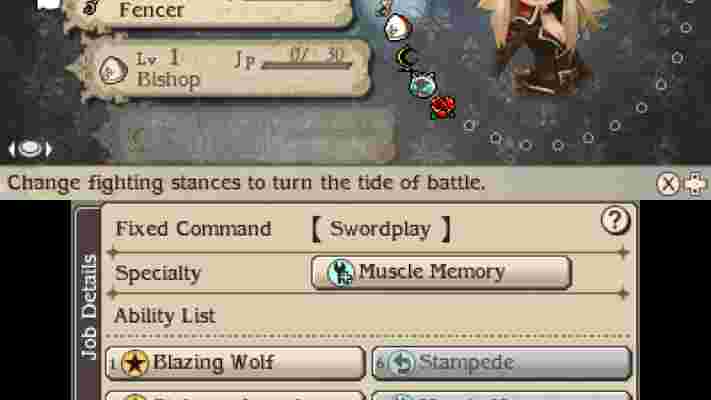
^ Now you can see each job's available abilities at a glance, making it easier to see if it's worth investing in
If that wasn't enough, there are also a couple of returning classes from Bravely Default, such as Red Mage, Summoner, Swordmaster and slightly more left-field choices like Merchant. However, these sidequests aren't quite as straight forward as the main batch of job battles, as you'll need to choose between two warring job types in each little story aside. The game dresses them up with a rather flimsy kind of moral choice framework, often presenting you with a lengthy sequence of cut-scenes showing each character's side of the debate as well as an additional dungeon to pick through before you're allowed to come down on one side or the other, but neither choice really has any meaningful impact on the main story at all. In the end, it simply boils down to which class you'd like to fight for, and which one you're happy to discard, which is a shame considering the potential of its framing device.
Still, the sheer amount of job types is very welcome, particularly when each character can draw upon a second set of abilities they've learned from other jobs they've had in the past. Even better, you can now see exactly what type of attacks and passive support effects you'll learn from each job, making it easier to decide whether it's worth investing in a particular class or not. Either way, it's arguably one of the most open and flexible job systems I've seen in a JRPG, as it means that absolutely nothing goes to waste.
^ Tiz (far left) and Edea (far right) make a return appearance for Bravely Second, but newcomers Magnolia and Yew (centre left and centre right) round out the main cast
Even the time you spend away from your 3DS is put to good use, as leaving your game running in sleep mode will not only help you accrue 'sleep points' to activate the titular, but ultimately rather throwaway 'Bravely Second' ability which halts the flow of time in battle, but it's also vital for the game's town-building mini-game, which makes a return appearance from Bravely Default.
This time you're reconstructing the hometown of newcomer Magnolia, whose lunar base was wrecked by a sinister race of creatures known as the Ba'al, but it essentially operates in exactly the same way as it did in the first game. Put villagers to work on certain facilities and you'll gradually unlock new effects for your special attacks and new items to buy from the wandering adventurers you'll find dotted around the map. Even better, the game uses the 3DS's Streetpass function to add new recruits to your village, allowing you to speed through larger, more time-consuming tasks with ease - which you'll need if you're ever going to tackle the 99 hour jobs with any degree of urgency. It's by far one of the best uses of the 3DS's hardware features to date, and it allows Bravely Second to become a much more socially-minded and outward-looking game than most of its rivals.
^ If you leave the game idle for a few seconds, the camera will pull back to reveal the entire environment in all its stereoscopic glory
The greatest use of its home hardware, however, has to be its superb stereoscopic 3D. Playing this game in 2D just doesn't do the game justice, as its gorgeous, layered environments look absolutely stunning when you've got the 3D cranked up to max. The only mild disappointment I have with Bravely Second is that its soundtrack just isn't quite as good as its predecessor, despite its heavy track recycling in key towns and dungeons. At least the English dub matches the same high standard as the original, although the choice of switching to the original Japanese voiceover is another great and welcome addition.
Bravely Second may not be a massive departure from its lauded predecessor, but the small changes it does make definitely helps it become a better game overall. It's not only more accessible for newcomers, but the sheer amount of choice available gives returning players plenty to get stuck in with. It might seem a little old-fashioned after the exploits of games like Xenoblade Chronicles 3D , but if you've blitzed through that and are looking for your next big 3DS adventure, then Bravely Second certainly won't disappoint. If you're not sure it's right for you, then you can also try out its free, lengthy 12 hour demo, which then gives you a discount when you come to buy the full game and lets you take your characters and stats with you. What's not to like? It's a Best Buy.
| Availability | |
|---|---|
| Available formats | Nintendo 3DS |
| Buying Information | |
| Price including VAT | £40 |
| Supplier | http://store.nintendo.co.uk |
| Details | www.nintendo.co.uk |

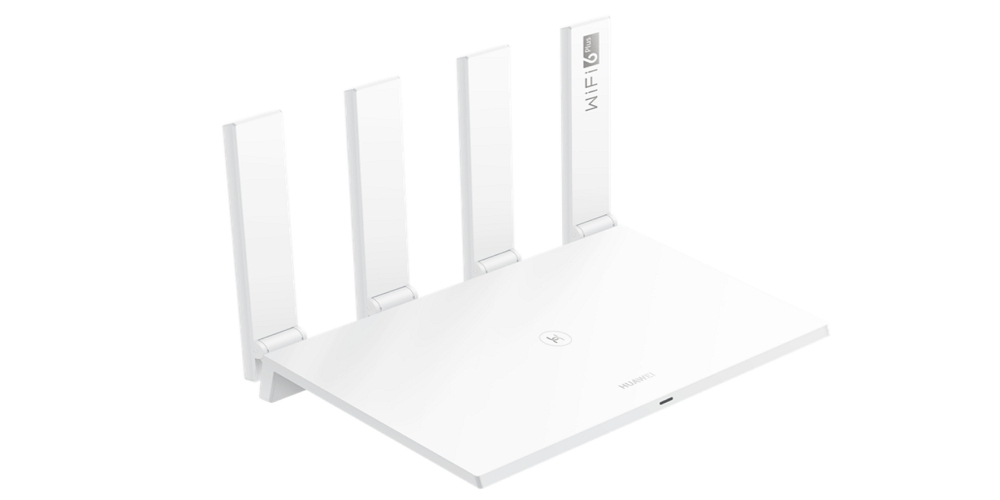


Leave a Comment